5. David Lynch – Eraserhead (1977)
Budget: 20,000 USD
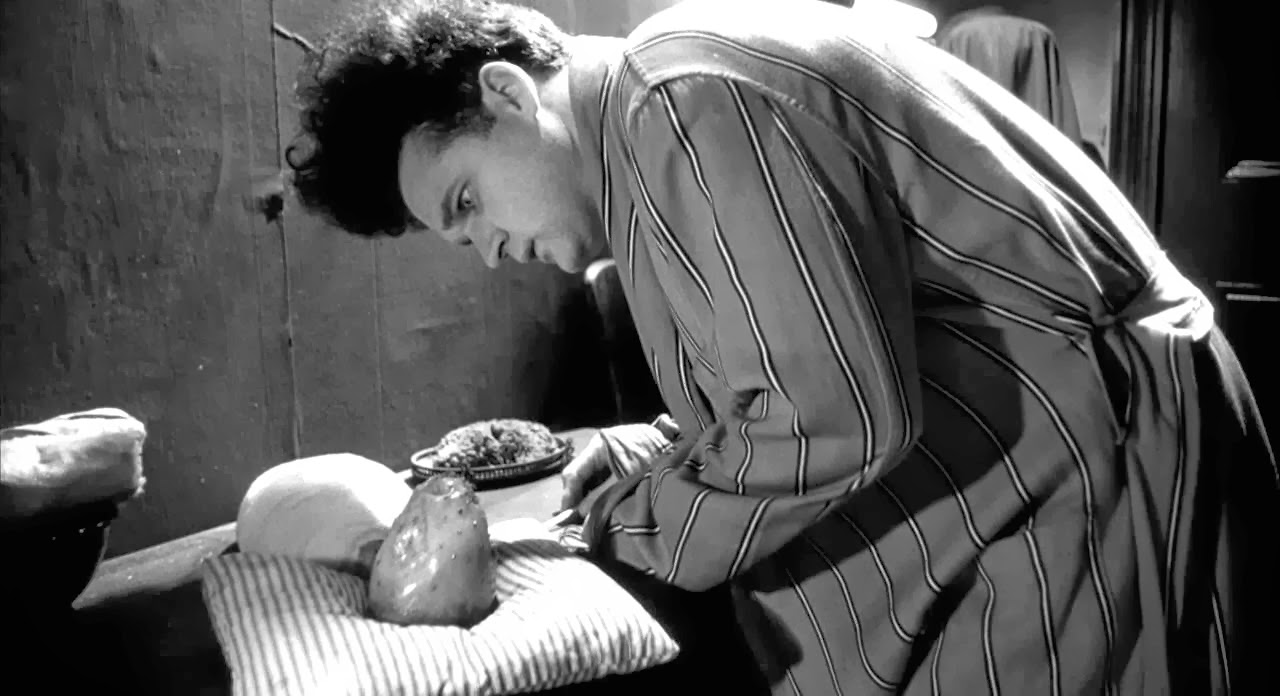
David Lynch’s wonderfully weird first feature film has inspired many filmmakers around the globe, including Stanley Kubrick. While studying at the American Film Institute’s Center for Advanced Film Studies, Lynch got the opportunity to produce his own script.
Eraserhead is a surrealist horror film, shot in black and white. It follows Henry Spencer, who lives in a strange industrial world and tries to deal with his girlfriend, his girlfriend’s family and a baby that looks anything but human.
Lynch was given permission to use the school campus and Greystone Mansion, a property owned by AFI which is still used for many film and tv productions, to shoot his film. After three years, Lynch ran out of money. He started delivering newspapers and received regular donations from his friend Jack Fisk and his wife Sissy Spacek. Catherine E. Coulson, the wife of actor Jack Nance (the film’s protagonist), even donated the paychecks she received from waiting tables. All in all, it took Lynch five years to complete his cult classic.
Lynch wrote, directed and produced Eraserhead. He also did most of the production design and special effects. To this day, he refuses to tell how the mutant baby in the film was made. Some say it was constructed from a skinned rabbit, others believe it was the embalmed fetus of a calf or lamb.
Eraserhead was released on March 19, 1977 and grossed over $7 million in the United States.
4. John Waters – Pink Flamingos (1972)
Budget: 12,000 USD
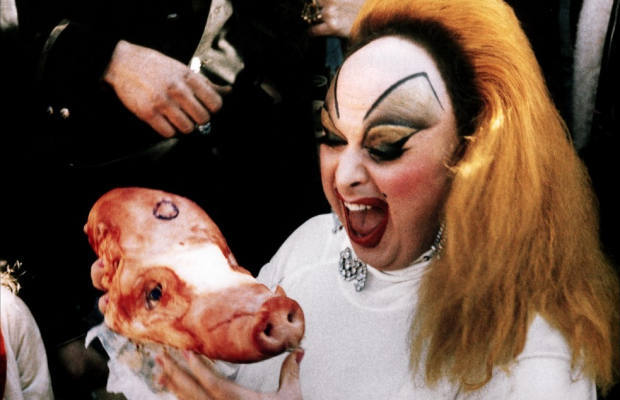
The same year Wes Craven released The Last House On The Left, John Waters also shocked audiences – albeit in a totally different way.
Pink Flamingos tells the story of sleazy drag queen Divine, who lives with her overweight, egg-loving mother Edie, her son Crackers and a young woman named Cotton in a trailer. When she suddenly gets some competition for her beloved title of “Most Filthy Person Alive”, more absurdity and vileness ensue.
The film featured several disturbing scenes, like one with Divine eating real dog feces and a scene with a prolapsed anus. Audiences were also disgusted by the killing of a live chicken during a sex scene. Some theaters even handed out barf bags.
Pink Flamingos was only filmed on weekends because John Waters was too busy raising money during the week. They bought the trailer for $100 and used another $100 to decorate it. After running out of money, they would just steal stuff (according to the production designer) or dumpster dive for props. Apparently, actor David Lochary even used a magic marker to color his own hair.
Although some critics found the film revolting, it generally received positive reviews and is widely celebrated by the LGBT community.
3. Peter Jackson – Bad Taste (1987)
Budget: 11,000 USD
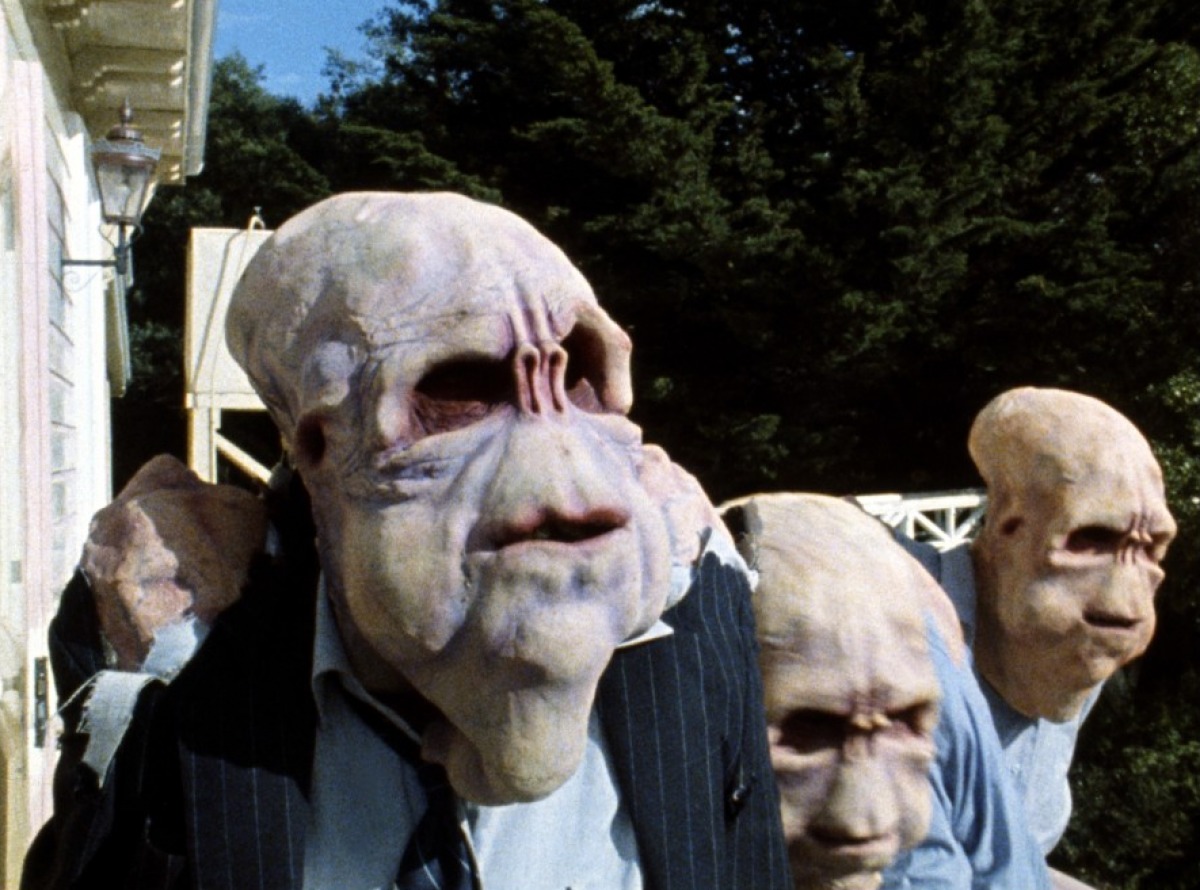
Before The Lords Of The Rings and The Hobbit trilogies, Peter Jackson spent his weekends making latex alien masks in his mother’s oven and mixing yogurt, muesli and green food coloring to whip up fake vomit. He did it all for his directorial debut Bad Taste, which he paid for out of his own pocket and shot with a 25-year-old 16mm camera.
Bad Taste is a comedy splatter film, which Jackson wrote, directed, produced, co-edited and even co-starred in. It was made over a span of four years. It follows Derek and his friends as they investigate the disappearance of the inhabitants of a small town. They discover that aliens have turned the people into food for their fast-food franchise. Wielding a chainsaw, Derek has to kill the aliens before they turn the entire planet into food.
Jackson created his own counterweighted steady-cam device for $15 and even made non-functional replicas of guns to use during shooting. When the New Zealand Film Commission saw what Jackson and his friends already had accomplished, they gave him the funds to finish the film.
Bad Taste failed to win any awards, but it did achieve cult status. The film perfectly illustrates Jackson’s creativity, perseverance and ingenuity.
2. Robert Rodriguez – El Mariachi (1992)
Budget: 7,000 USD
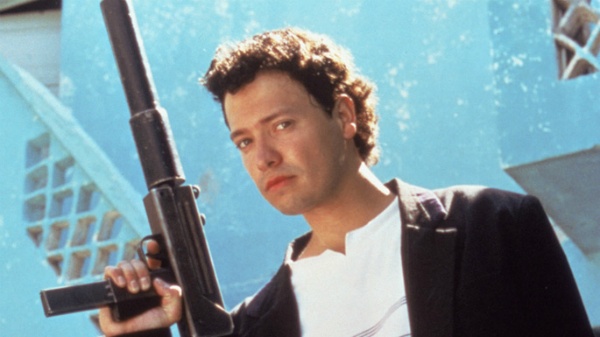
On a tight budget of just 7.000, Robert Rodriguez impressed audiences in 1992 with El Mariachi, the first installment of his Mexico-trilogy, followed by Desperado (1995) starring Antonio Banderas and Salma Hayek and Once Upon A Time In Mexico (2003), also starring Johnny Depp.
The film tells the story of El Marachi, who arrives in a small village looking for a job. He doesn’t want any trouble and only wants to play his guitar. Unfortunately, an American crime lord mistakes him for an assassin because they both carry a guitar case (the assassin carries weapons in his guitar case). El Mariachi must do everything he can to stay alive.
Rodriguez raised the money for the film by volunteering to test cholesterol-reducing drugs and wrote most of the script while sitting in the laboratory. He shot only one take for every scene to save film and instead of using a dolly , he was pushed around in a broken hospital wheelchair. He used 200-watt clip on desk lamps for lighting and in shootout scenes he used condoms filled with fake blood instead of squibs.
El Mariachi received critical acclaim and won multiple awards. The film is currently in the Guinness World Records as the lowest-budgeted film ever to gross $1 million at the box office.
1. Christopher Nolan – Following (1998)
Budget: 3,000 USD
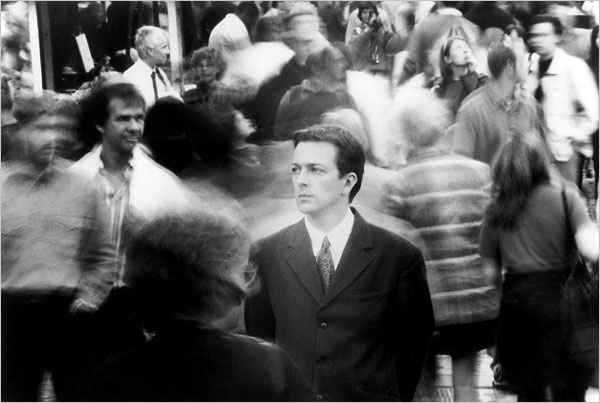
Before Dunkirk (2017), Interstellar (2014), Inception (2010) and of course his Batman-trilogy, including The Dark Knight (2008), Christopher Nolan made the non-linear neo-noir film Following, which he paid for out of his own pocket.
He shot the film over the course of a year because his actors had full time jobs. Every Saturday, he shot about fifteen minutes of film. Instead of using a tripod, he also shot (almost) the entire film handheld, with a single camera. To save film, Nolan rehearsed every scene extensively and used the homes of his friends as filming locations.
The film is about a young, unemployed writer, who follows random people around to observe them, hoping to find material to write about. He meets Cobb, a burglar, who takes him under his wing. While they are breaking into an apartment, the writer becomes intrigued by the woman who lives there and starts to follow her around. But things are not always as they seem.
Nolan wrote, directed, filmed, and co-produced Following. The film won several awards, including the Tiger Award at the Rotterdam International Film Festival and the Grand Jury Prize at Slamdance.
The film received critical acclaim and is one of the most noteworthy low-budget films today.